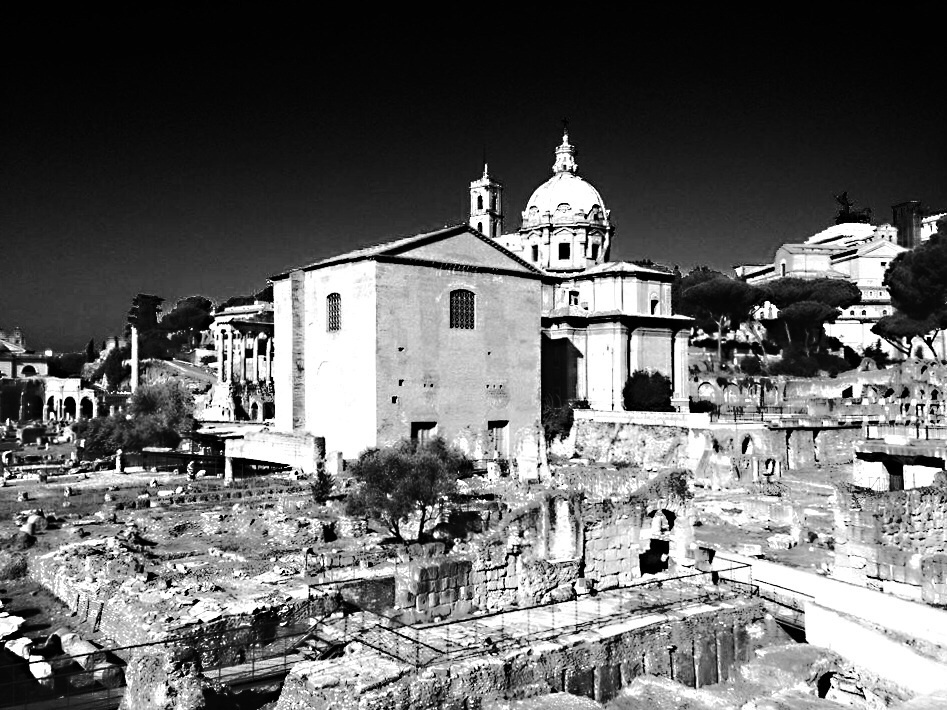Lazio : Overview
With the threat of the plague and the terrifying imagery of the afterlife presented in Dante’s Divine Comedy in the early fourteenth century, many began to fear the afterlife. The act of finding salvation and repenting one’s sins was of the utmost importance to those who feared the brutalities of purgatory. A popular way sinners went about this was by embarking on a pilgrimage throughout Rome. At this time, the papacy moved to Avignon and so the population of Rome was significantly small in comparison to its previous numbers. Although Rome was not as heavily impacted by the plague of 1348 as other Italian cities, its role as a pilgrimage site is significant, as pilgrims were often blamed for the spreading of this contagious disease with their arrival in 1350. Clement VI, who served as pope when the plague struck in 1348, nearly cancelled the Jubilee celebration of 1350 because the disease was rapidly spreading.
Due to the increasing fear of dying before seeking redemption, pilgrims decided it was in their best interest to visit Rome’s papal sites. Despite the condemnation of the pilgrimage, with people locking pilgrims out to keep them from spreading the disease, several Christians still made an effort to be blessed by the holy relics in Rome. However, some would find it best to reach the local church or closest holy site. Over the centuries, the growth in the number of pilgrims to religious sites directly impacted the development of Rome as the center of international church government. It is undeniable that the wealth acquired in trecento Rome coincides with the immense influx of pilgrims during the first Christian Jubilee in 1300 organized by Pope Boniface XIII and the second in 1350 by Pope Clement VI. These popes strategically used these functions as a means of reviving an enthusiasm for Christianity and to aid papal finances by the sale of indulgences.

